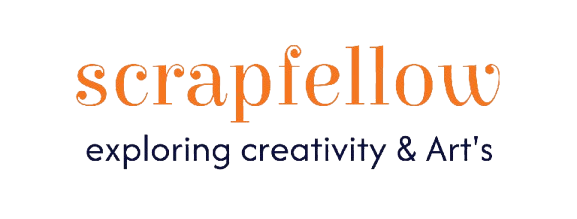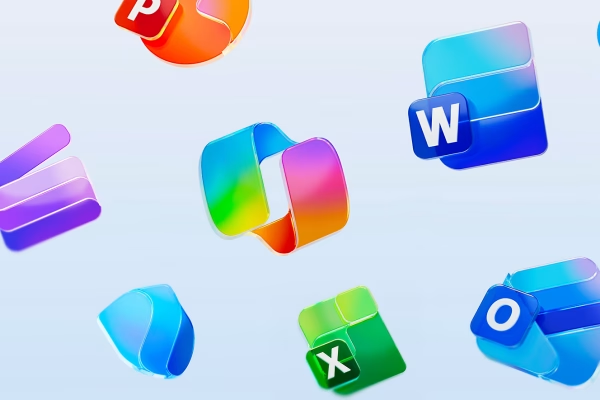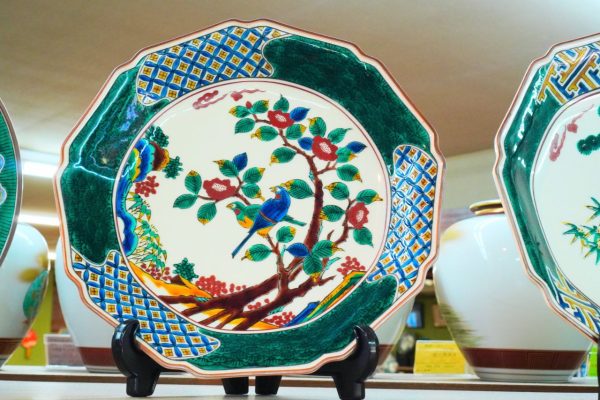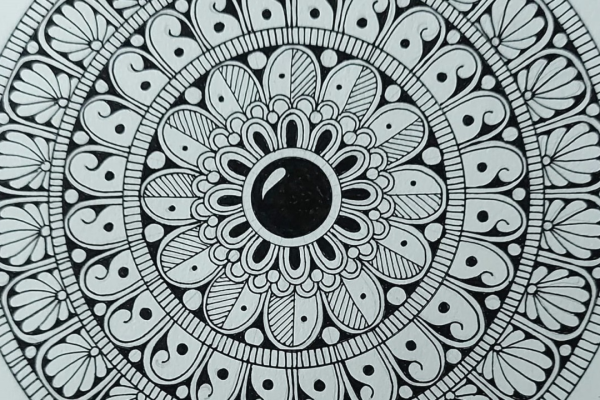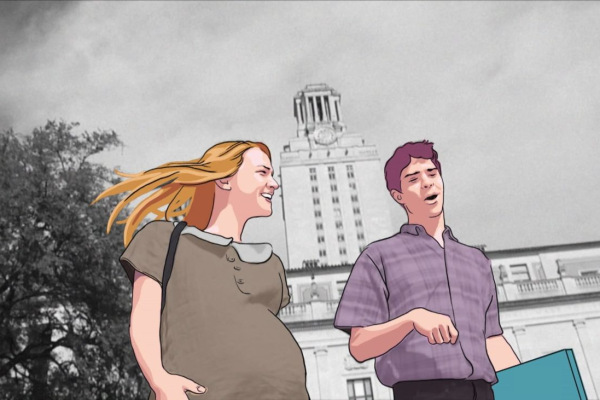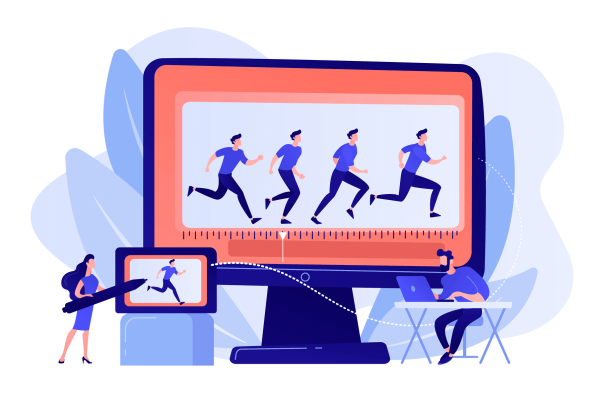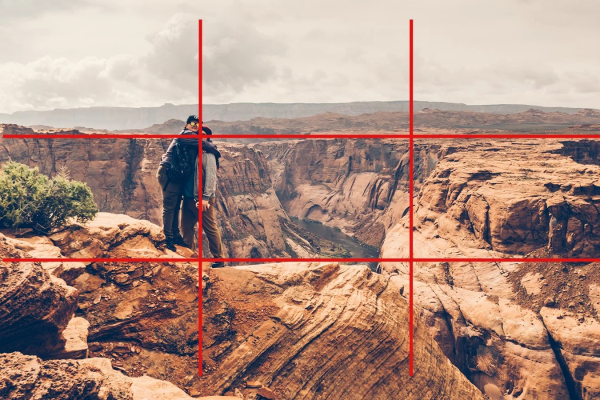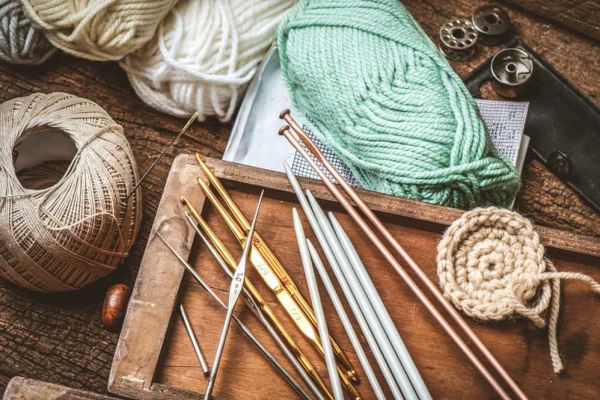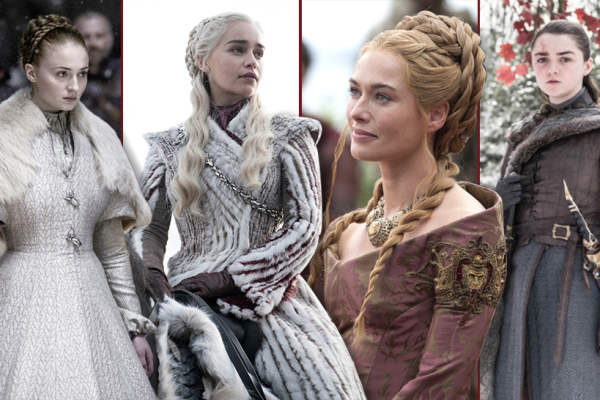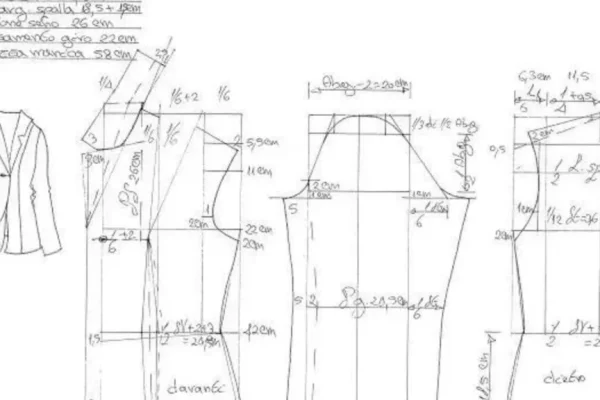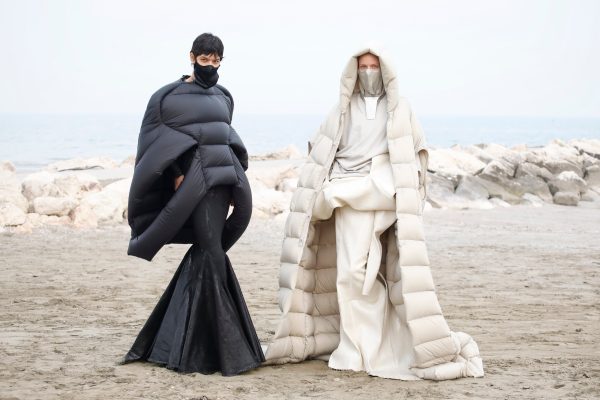
Avant-Garde Fashion Costume, Seni Kostum yang Menantang Batas Kreativitas
scrapfellow.com – Di dunia mode yang terus berkembang, avant-garde fashion costume muncul sebagai bentuk ekspresi paling radikal dan inovatif. Avant-garde, yang berasal dari istilah militer Prancis berarti “garis depan”, merujuk pada kostum atau pakaian yang eksperimental, menantang norma konvensional, dan sering kali lebih mirip seni instalasi daripada busana sehari-hari. Kostum ini memadukan elemen teater, performance…
